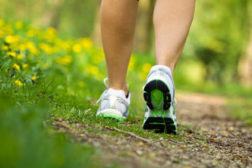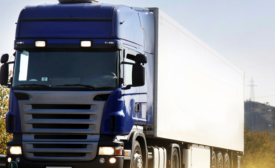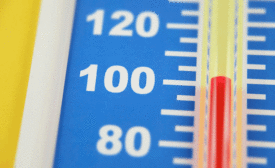ARTICLES
A FairWarning Story
Battle looms over Trump administration bid to ease safety rules for big rig trucks
August 22, 2019
A FairWarning Story
Worker advocates burned up over lack of federal heat protections
May 10, 2019
A FairWarning Story
No verdict in sight on safety of crumb rubber fields, prompting angst all around
April 18, 2019
Become a Leader in Safety Culture
Build your knowledge with ISHN, covering key safety, health and industrial hygiene news, products, and trends.
JOIN TODAYCopyright ©2025. All Rights Reserved BNP Media.
Design, CMS, Hosting & Web Development :: ePublishing



